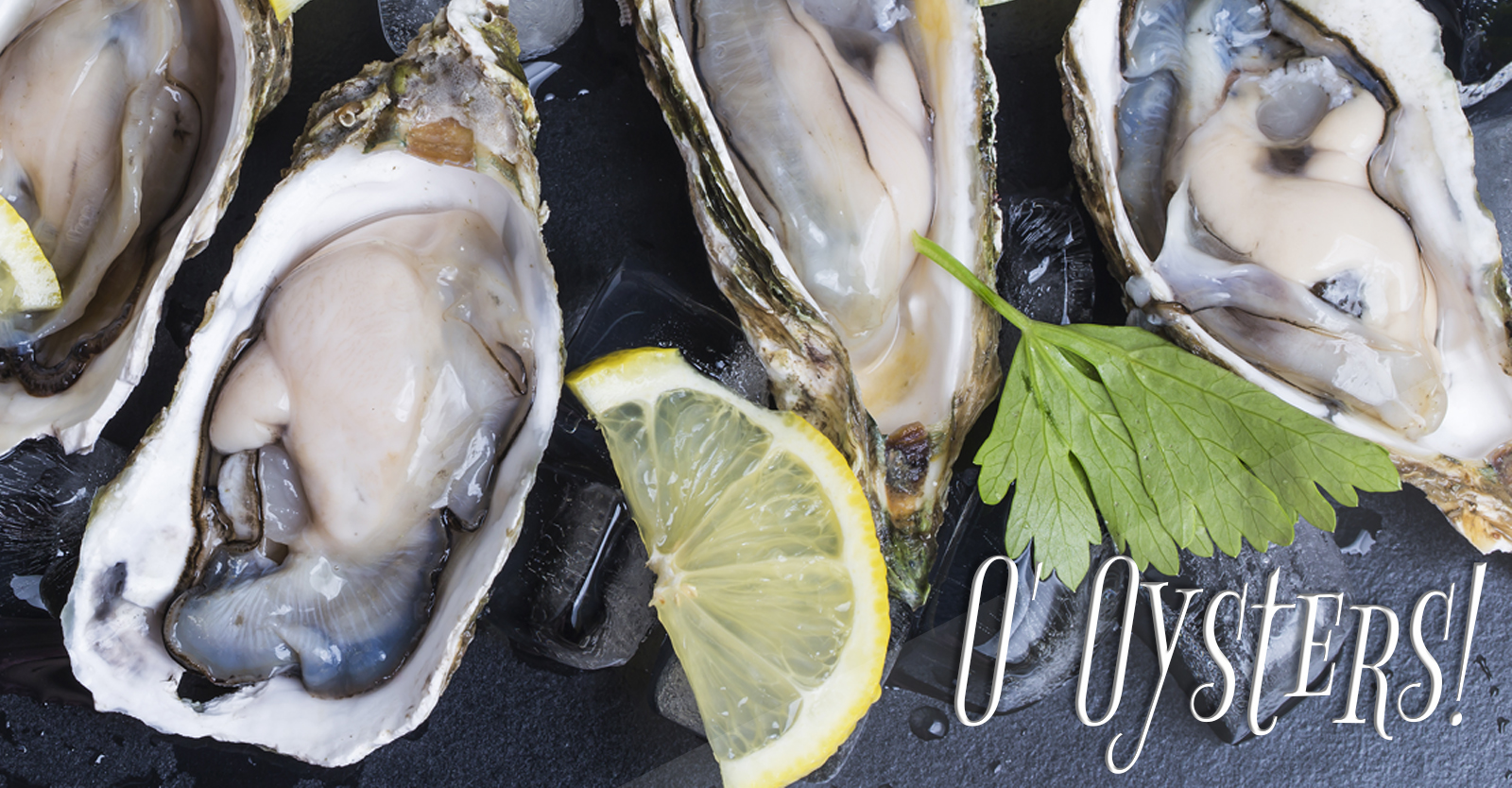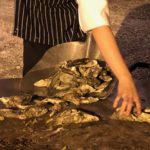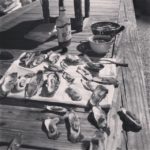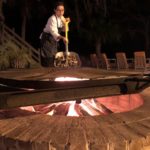By Erin Laytham Lentz
Whether you love them or hate them, oysters are a Lowcountry delicacy. Oyster season is upon us in the Lowcountry and we know this with the subtropical, humid climate along the South Carolina coast. These tidal variety oysters live in shallower areas along the coast, as well as in the salt marshes. Paddling among the Broad Creek is an easy place spot oysters. The temperature of the air dictates the temperature of the shallow water where oysters dwell. Oysters are too risky to eat in the summer months due to a rise in water temperature and the surrounding bacteria. The general rule is, oysters are safe to eat in any month ending in “R” plus Jan/Feb. This marks the kick off of oyster season and an exciting time for oyster lovers. Aside from oysters being an important industry for coastal communities, they also taste delicious and even have many nutritional benefits. People in the coastal areas associate oysters season with the cooler months into winter.
The most traditional way to eat oysters is at an Oyster Roast. How can one host their own oyster roast? It is rather simple. First, you will need oysters, preferably local. Rinse any mud or dirt from the oysters. Secondly, make a fire in the ground, put an old piece of corrugated metal on top of the coals, throw a bushel of oysters (between 100-150) on top for a few minutes and cover with a wet burlap bag to steam until they start opening. The oysters can be shucked with an oyster knife and enjoyed in their natural state or with drawn butter. Lemon, tabasco, cocktail sauce and crackers often marry magnificently with fresh cooked oysters. Oysters have been a favorite staple for islanders for centuries. Hilton Head’s waters have been long considered some of the richest oystering areas along the Atlantic coast. It is customary to use long, hand crafted tables with holes cut into the middle for their feast. The holes allow you to dispose of your oyster shells as you eat them, ultimately allowing the host to recycle the shells back in the water for a new oyster season. This helps in cultivating the local oyster beds and is critical for reef restoration and future harvests.
Reefs are built by taking recycled oyster shells, loading them into mesh bags and laying the bags in areas of need. Once the reef is built, larvae gravitate to the bagged shells where they then begin to grow their shells. Whether you are vacationing, or if you are a local, you can help keep the shorelines lined with our unique oysters. It is a great way to have an authentic Lowcountry experience. SCORE, South Carolina Oyster Restoration and Enhancement, is a volunteer-based program run by SC Department of Natural Resources, with a mission to build oyster reefs.
OYSTER STEW RECIPE
Ingredients:
1 lb. fresh oysters
½ lb. of butter
1 onion
1 fennel
1 shallot
5 stalks of celery
2 qt. heavy cream
½ Tbs. mustard seeds
1//2 Tbs. fennel seeds
1 Tbs. celery salt
1 Tbs. red crushed pepper
½ Tbs. dill
½ Cup minced garlic
¼ cup fresh parsley
salt & pepper to taste
Method:
Small dice onion, fennel, shallot, and celery. In a sauce pot, melt butter on medium heat. Add garlic and cook until golden brown. In the same pot, add all diced vegetables along with the rest of ingredients except heavy cream and oysters. Cook vegetables until onions are translucent and then add heavy cream and oysters. Turn it to high heat and bring to a boil. When it comes to a boil cut the heat off, add parsley and salt and pepper.
Follow Palmera Vacation Club on Facebook Follow Palmera Vacation Club on Instagram Follow Palmera Vacation Club on Twitter Follow Palmera Vacation Club on YouTube


